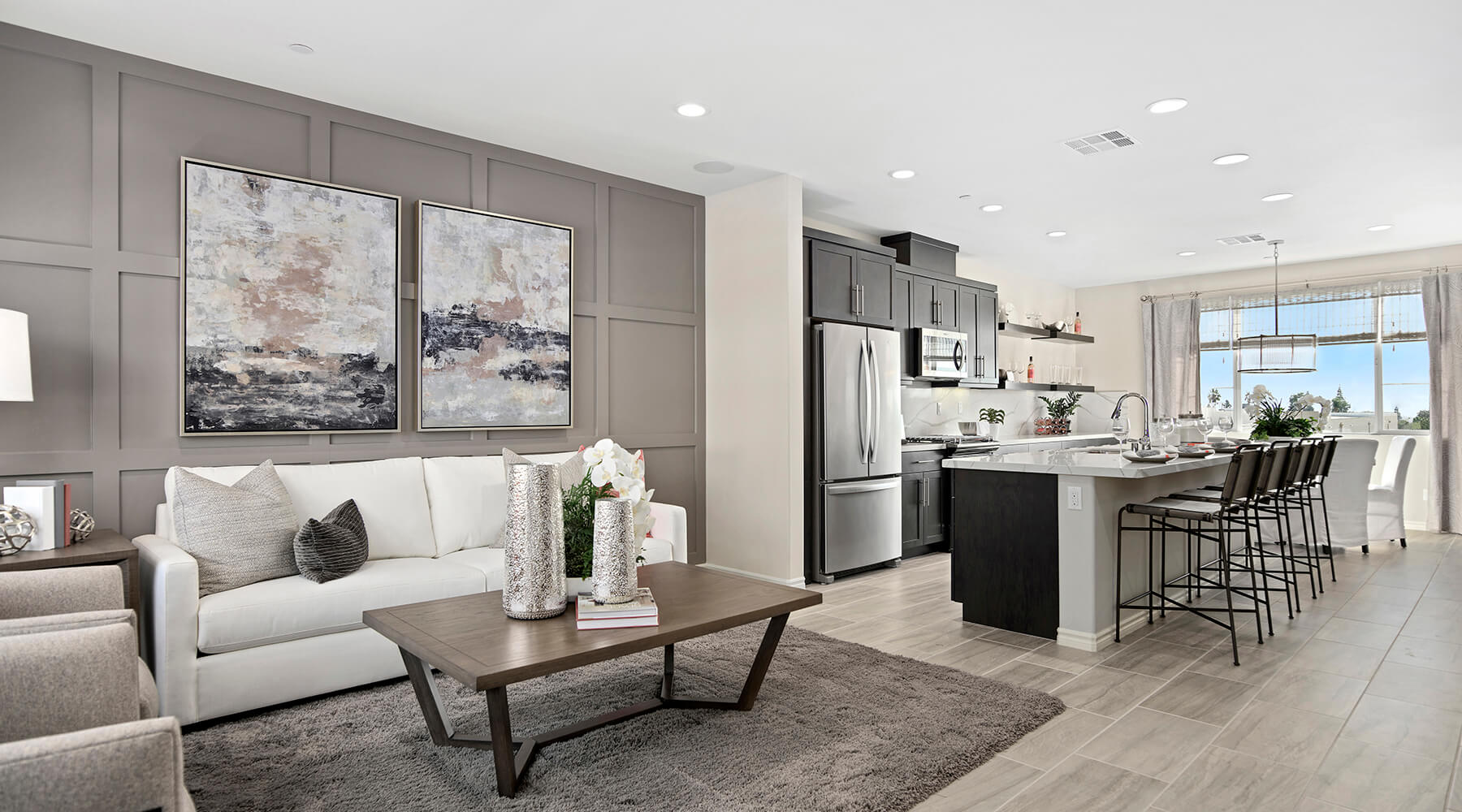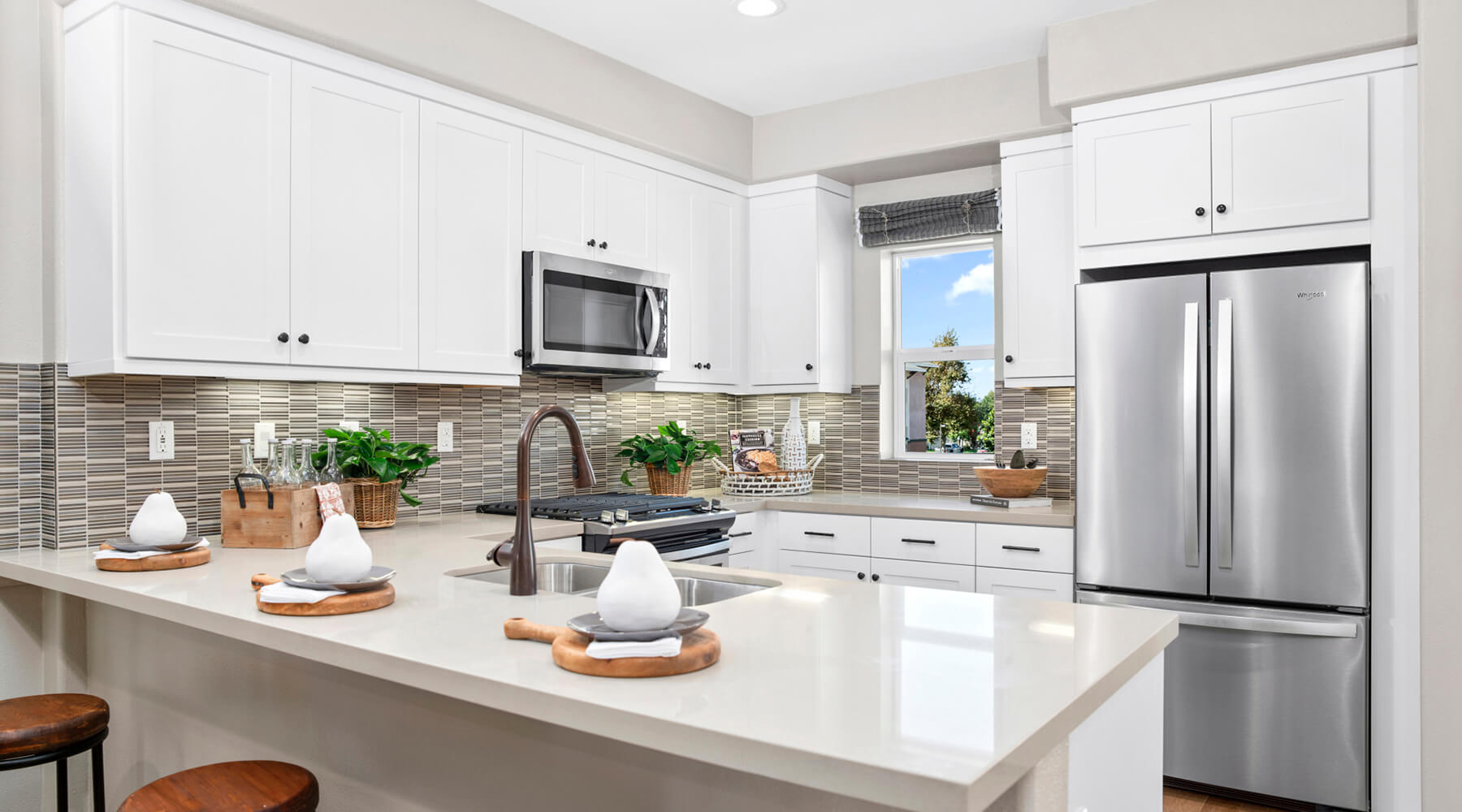How to Allergy Proof Each Room of Your Home
Apr. 03, 2017

Even in sunny Orange County, you look forward to spring because of the longer days and the blooming of trees and flowers. But with the season of colorful renewal comes plenty of pollen as well as mold spores wafting through the air. If you suffer from allergies, being outdoors can prove a major challenge as you sneeze and itch your way through major allergens.
While there’s nothing you can do about the outdoor onslaught, you can avoid problems inside your own home by following these allergy-proofing tips for each room.
Kitchen
Since the back door and the door to the garage often lead to the kitchen, and entry or patio doors are sometimes next to it, this room can potentially expose itself to outdoor allergens more than any other. As much as possible, keep doors and windows closed during the spring. Don’t open the door to the garage unless the garage door is closed to prevent pollen from blowing in.
Clean surfaces like counters, the tops of cabinets and refrigerators, and the sink to eliminate any allergens that have settled there. Install an exhaust fan over your cooktop that vents to the outside.
Bathroom
Preventing the growth of mold in the bathroom is the key to keeping this room free of allergens. Install a powerful exhaust fan to remove moisture and use it often to clear moisture from the room. Wipe down the surfaces inside your shower or tub after every bath.
Avoid using carpeting and wallpaper where mold spores can gather and grow. Replace such surfaces with linoleum, tile, or mold-resistant paint. If you like softness underfoot, use washable rugs.
At the first sign of mold in the toilet or tub, scrub it out with mold-killing products like vinegar or bleach. However, do not mix these products to avoid toxic reactions.
Bedroom
Waking up with watery eyes and sneezing are just some of the symptoms of allergens in the bedroom. Avoid using thick wall-to-wall carpeting in the bedroom. Stick with hardwood covered by washable area rugs. If you must use a carpet, use one with low pile and vacuum it regularly.
Keep windows closed during the spring and use your climate control system to cool or heat the room. Use roller shades or washable curtains instead of horizontal blinds or thick curtains for window coverings.
Replace upholstered furniture with pieces that are made of easy-to-clean leather, vinyl, wood, or plastic. Eliminate piles of clothes, dresser accessories, books, magazines, and other knickknacks that collect dust and pollen.
Use synthetic materials instead of bedding with natural materials like feathers. Cover your mattresses and pillows in dust-mite-proof covers. Be sure and wash your sheets at least once a week in hot water.
Add a portable air filter that uses a HEPA filter so small particles are removed from the air. Make sure that it’s quiet (under 65 db) so it doesn’t bother your sleep.
Living Room
The previous tips for using solid floors and replacing upholstered furniture with case pieces also apply to the living room. Put away throw pillows, furniture throws, or fabric accessories that can gather dust. Keep any accessories or collections in covered display cases – you only have to dust the case instead of wiping every knickknack.
Pets can easily track allergens in through their furry coats. Keep them outside as much as possible.
Wood-burning fireplaces put out smoke that can worsen allergy symptoms and cause health problems. Opt for gas versions, which do not have the same issues.
If you want more tips on keeping your home healthy or want to tour one of our developments, please contact us.





